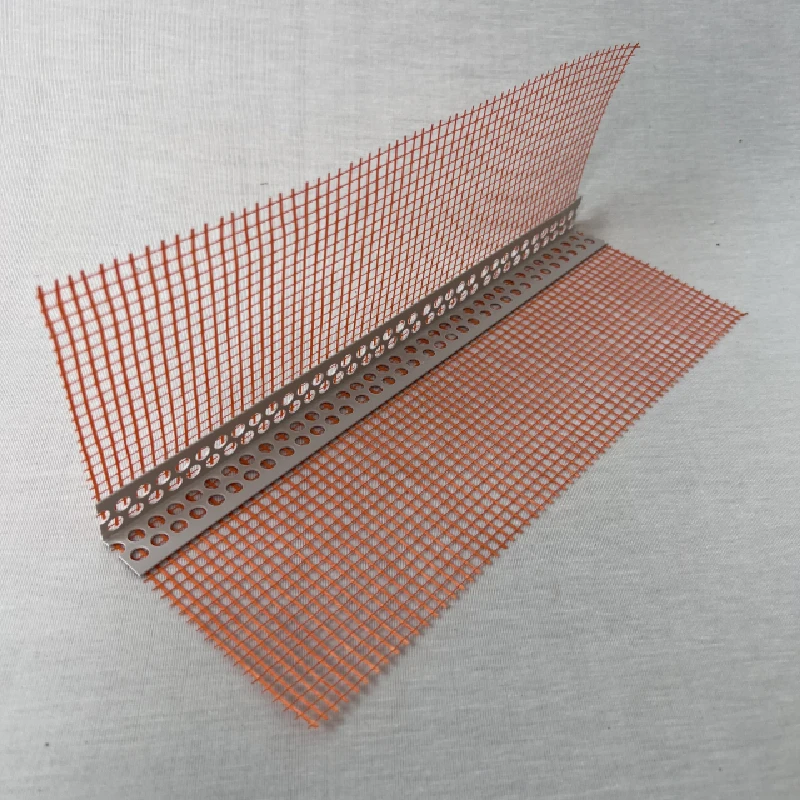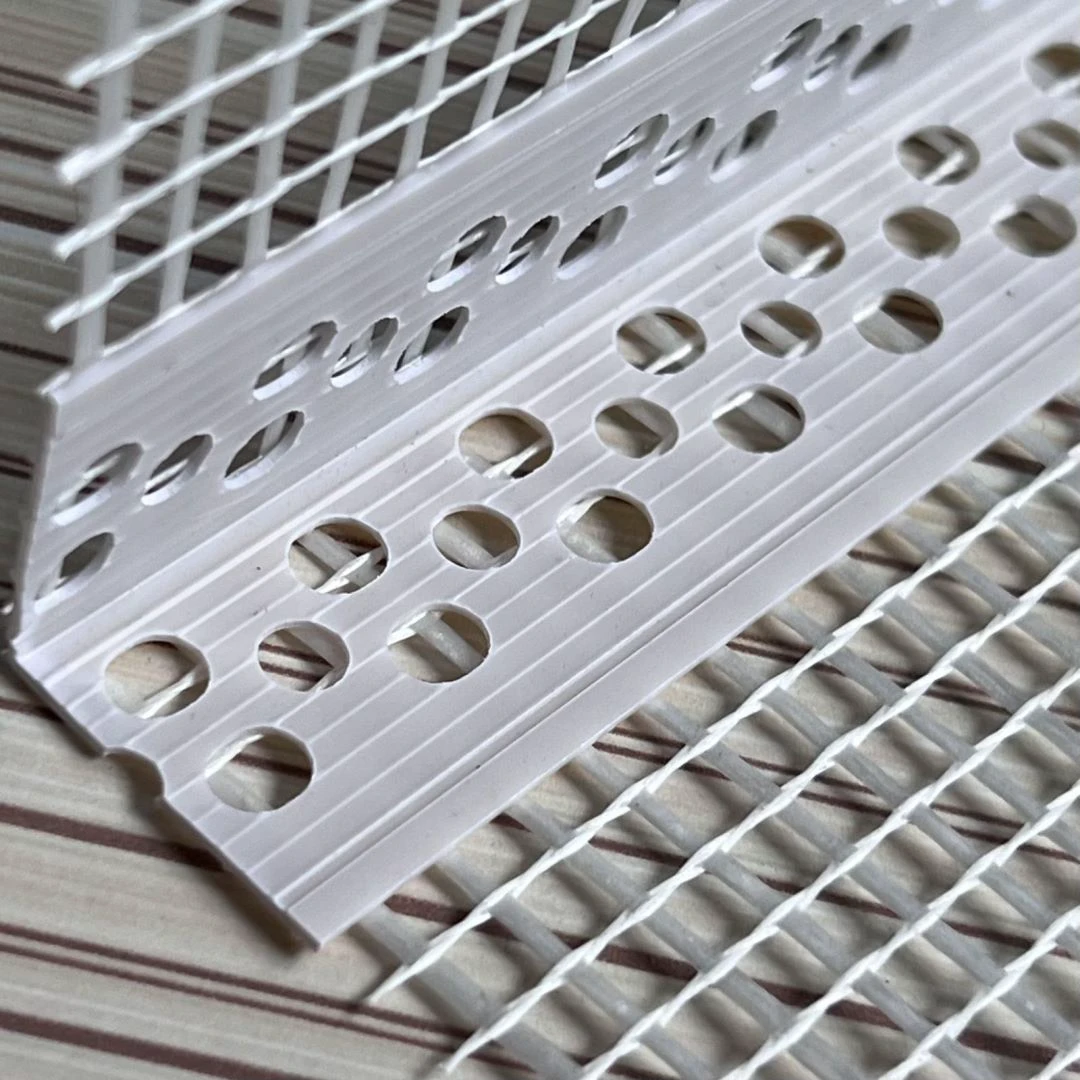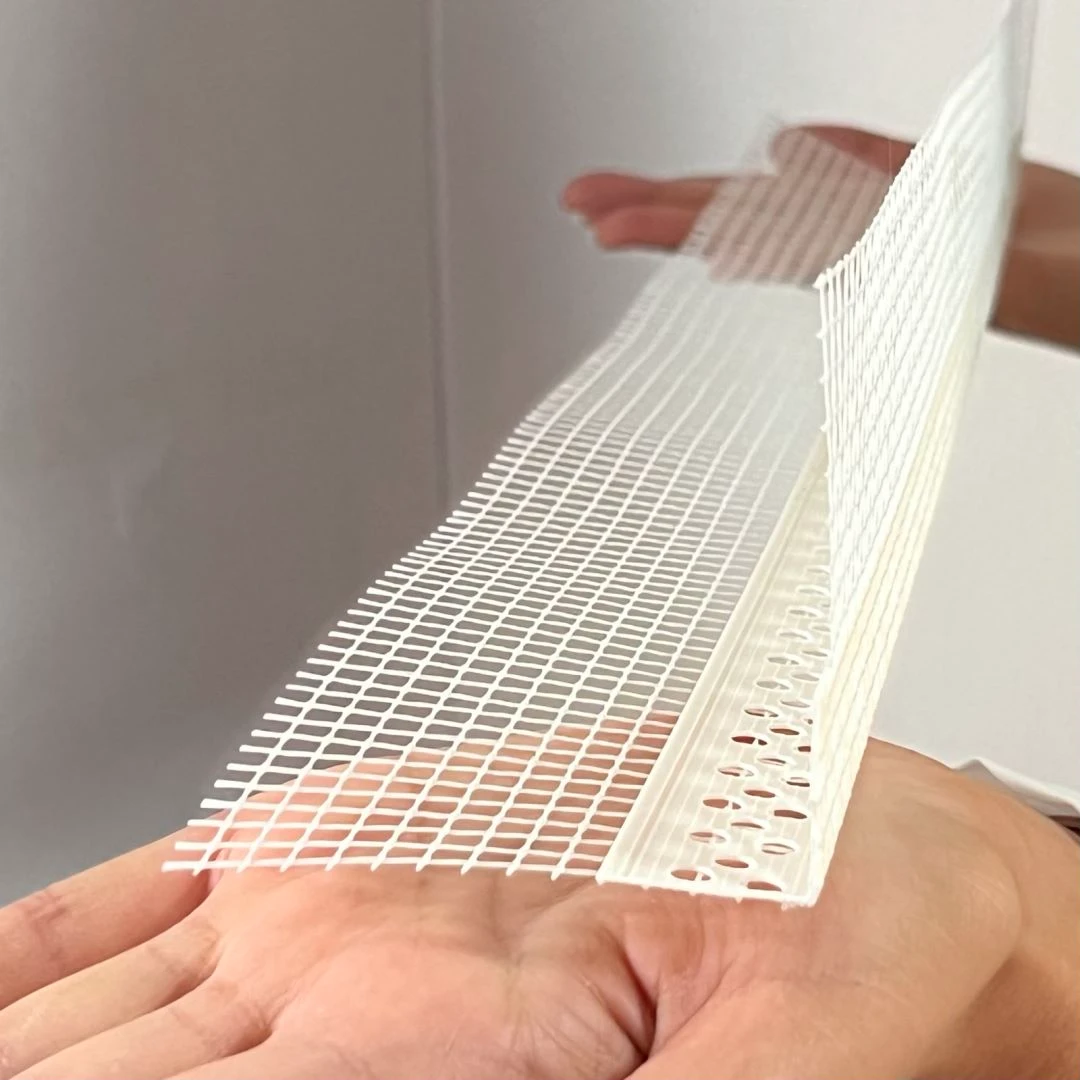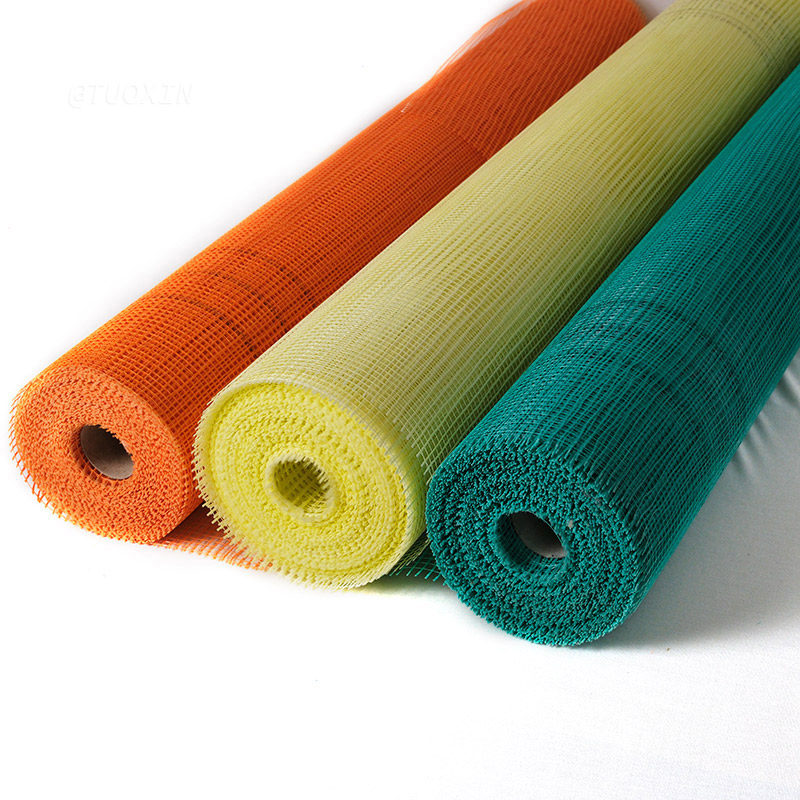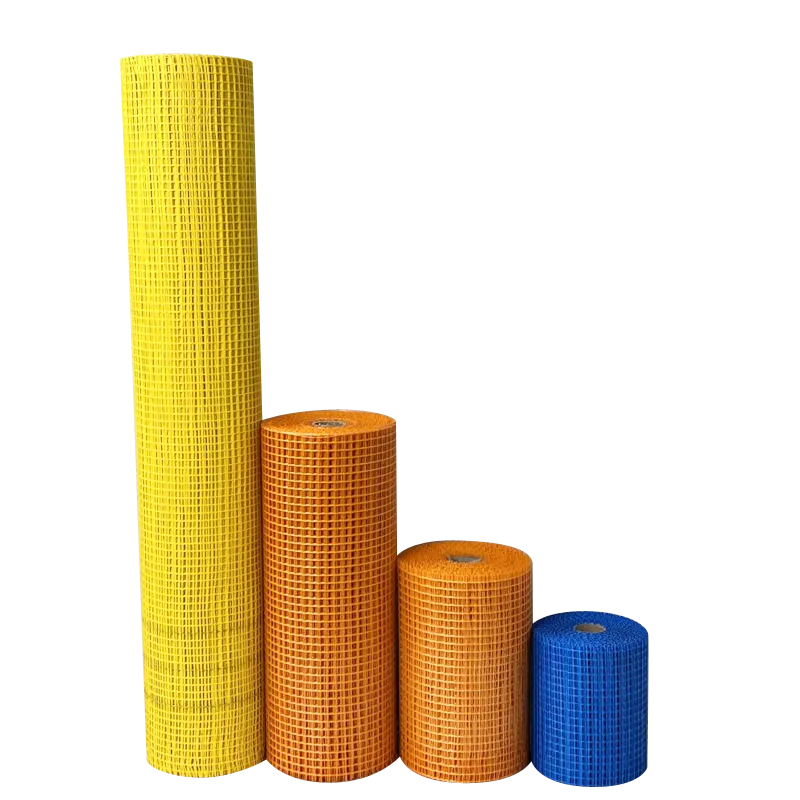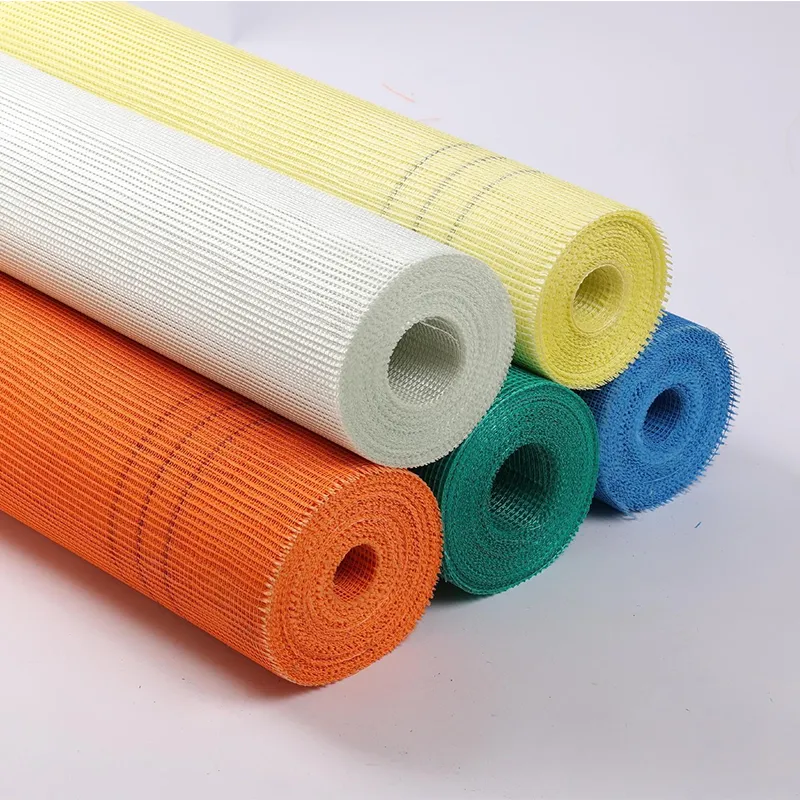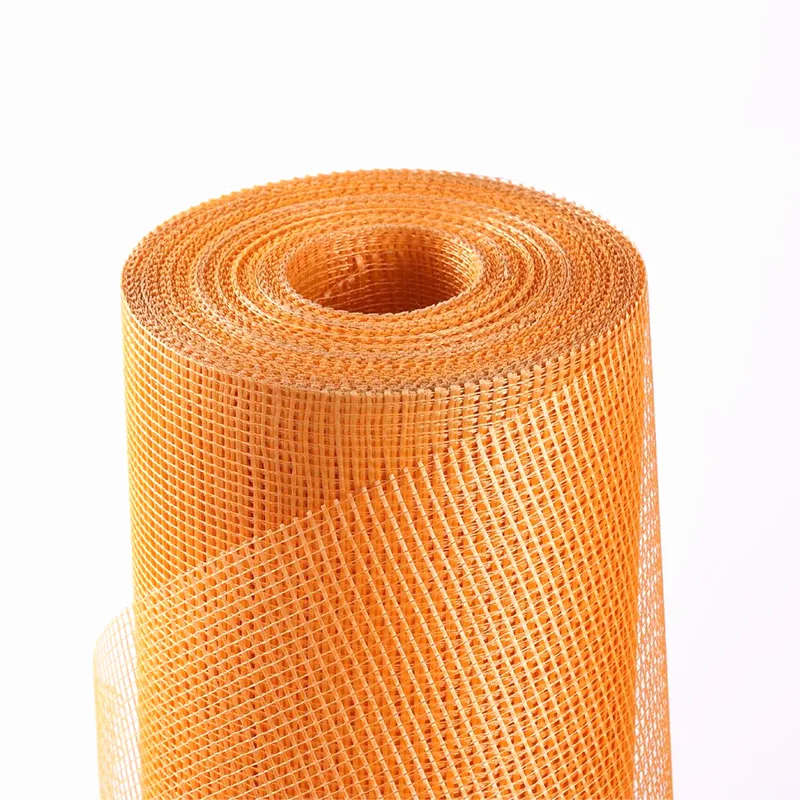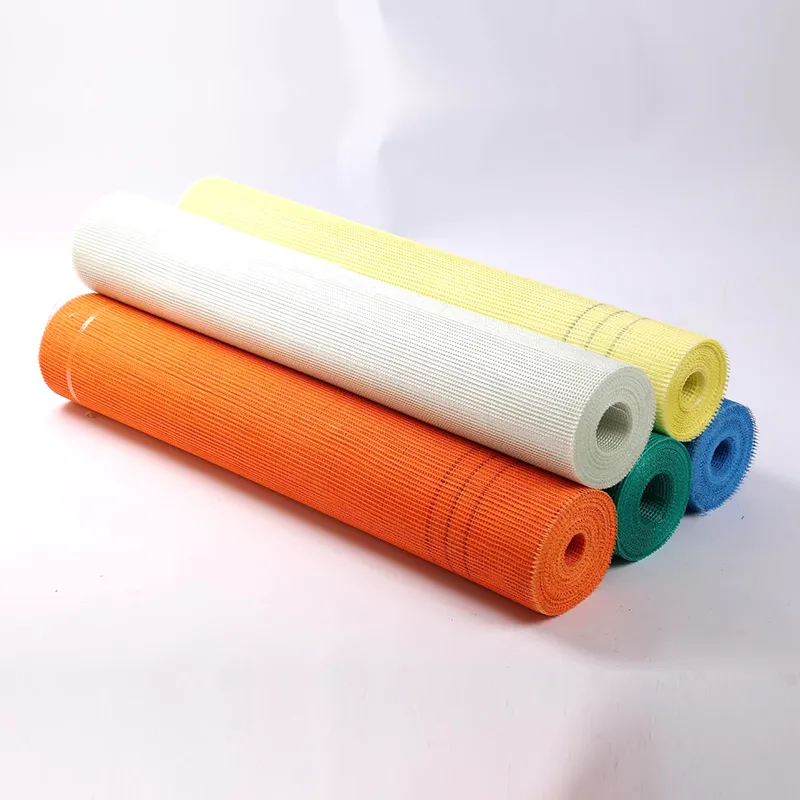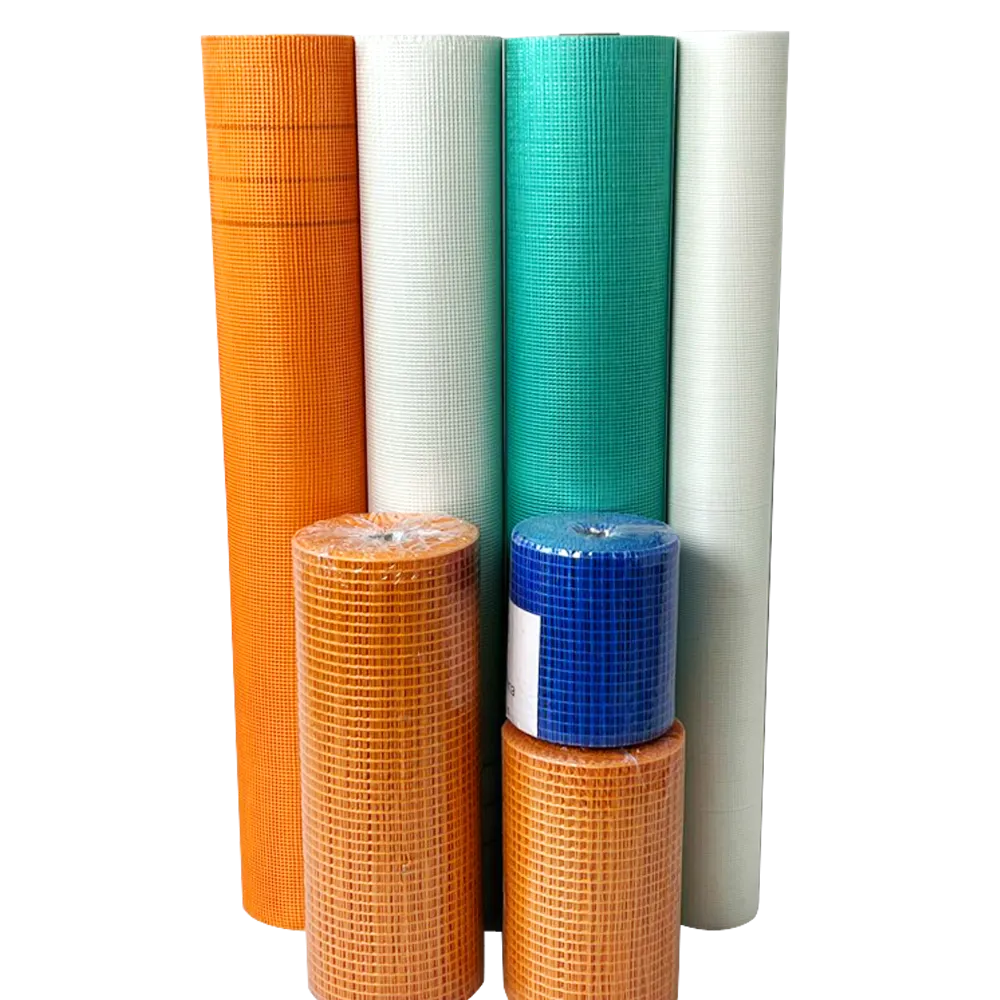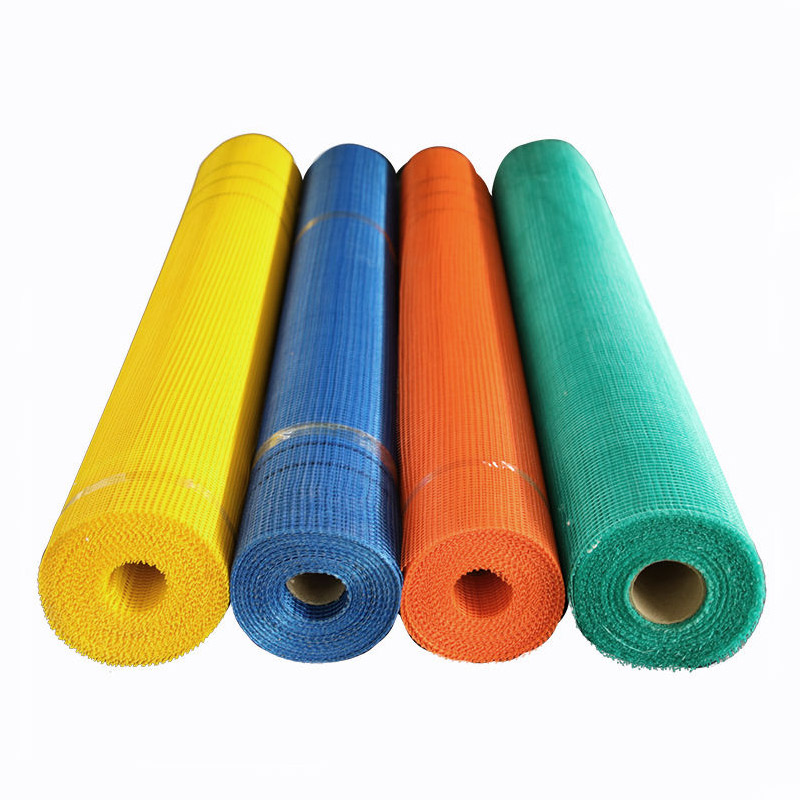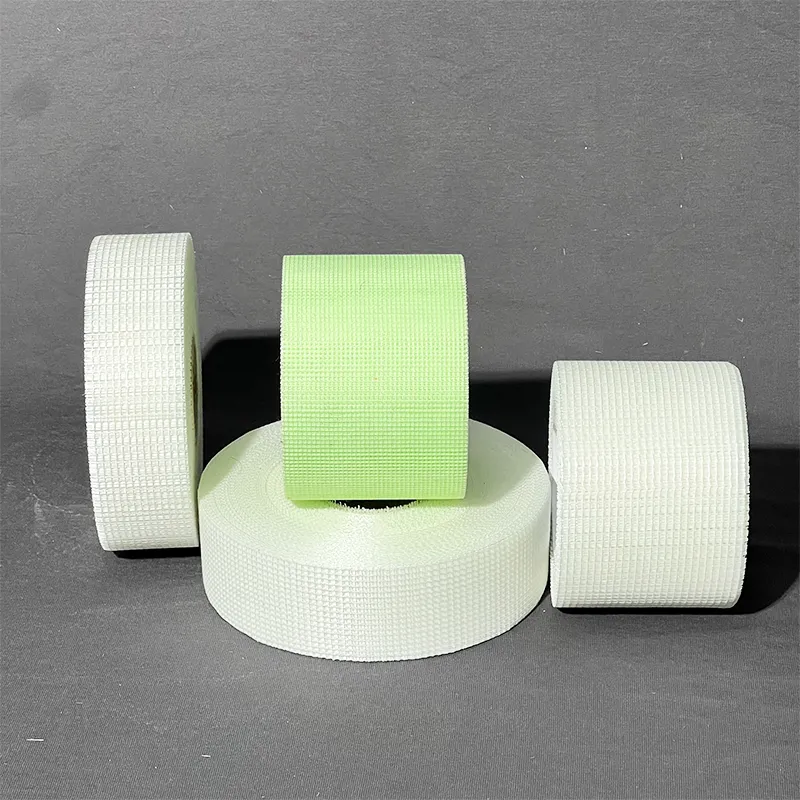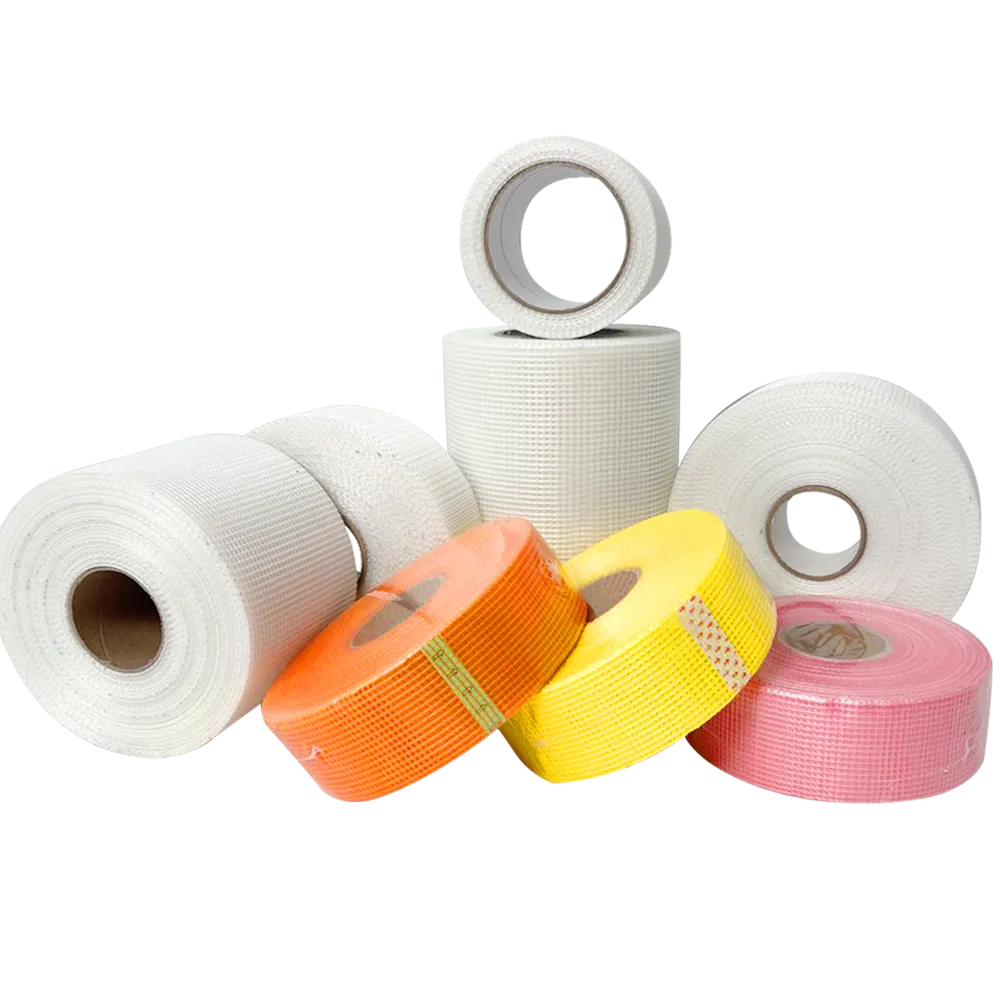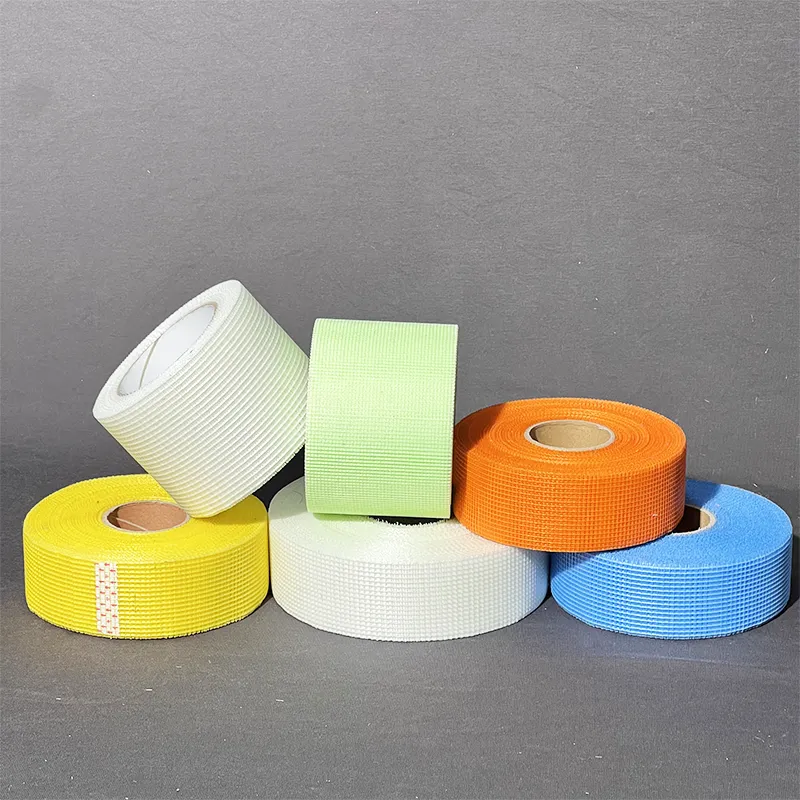10 月 . 30, 2024 17:21 Back to list
The Role of Fiberglass Mesh Tape in Tile and Plaster Applications
Fiberglass mesh tape has gained popularity in the construction industry due to its strength, durability, and versatility. While it’s commonly associated with drywall repairs, fiberglass mesh tape has proven to be incredibly useful in tile and plaster applications as well. This sturdy, moisture-resistant tape provides essential reinforcement for surfaces prone to cracking, such as plaster walls and tiled floors, ensuring that they withstand everyday wear and tear. This article explores the role of fiberglass mesh tape in tile and plaster applications and how it contributes to stronger, longer-lasting installations.
Fiberglass Mesh Tape for Tile Installation
Tiles are a popular choice for flooring, walls, and countertops due to their durability and aesthetic appeal. However, tile installations are susceptible to issues like cracking, especially in high-traffic areas or in environments where floors or walls may experience shifting. Fiberglass mesh tape is an ideal reinforcement material for tile applications, offering added stability and longevity.
Fiberglass Mesh Tape in Plaster Applications
Plaster walls are admired for their classic aesthetic and durability, but they are also prone to cracking, especially in older homes or buildings subject to structural movement. Fibreglass plaster tape plays a crucial role in plaster repair and application, offering a reliable solution for reinforcing plaster and preventing cracks from spreading.
In plaster applications, fiberglass mesh tape is often embedded within the plaster layer. This technique strengthens the plaster and prevents cracks from forming or expanding. The mesh structure of the tape provides a strong yet flexible reinforcement that adapts to minor shifts in the wall, helping the plaster remain intact and reducing the need for frequent repairs. By adding fiberglass mesh tape to plaster applications, contractors and homeowners can enhance the resilience of plaster walls, preserving their appearance and functionality.
The Application Process of Fiberglass Mesh Tape for Tile and Plaster
The application of fiberglass webbing tape is relatively simple, making it accessible for both professionals and DIYers. For tile installations, the tape is applied directly to the substrate or cement board before the adhesive layer and tiles are placed. This straightforward process helps ensure the tile layer is reinforced from the base up, contributing to a more stable, durable surface.
In plaster applications, fiberglass mesh tape is usually applied to any areas that are prone to cracking or where repairs are needed. After the tape is embedded within the plaster, a layer of plaster compound is applied over it, securing it in place. This embedding process provides a seamless finish that reinforces the entire surface, offering a smooth and durable result.
Advantages of Fiberglass Mesh Tape in Tile and Plaster Applications
Fiberglass joint tape offers several advantages for tile and plaster applications, including enhanced durability, moisture resistance, and ease of application. Its structure is strong yet flexible, allowing it to absorb and distribute stress effectively, which helps prevent cracks and maintain structural integrity.
The tape’s moisture-resistant properties make it ideal for use in areas that may experience humidity or water exposure, ensuring the longevity of both tile and plaster installations. Furthermore, the ease of application makes it a user-friendly choice for professionals and DIY enthusiasts alike, offering an efficient and effective solution for reinforcing surfaces.
The Essential Role of Fiberglass Mesh Tape in Tile and Plaster Work
Fiberglass mesh tape is proving to be a valuable asset in tile and plaster applications, offering strength, durability, and moisture resistance. By reinforcing tile installations, the tape helps prevent cracking and loosening of tiles, extending the lifespan of floors and walls. In plaster applications, it provides essential support to keep walls crack-free and structurally sound.
-
Why Fiberglass Mesh Tape Is the Contractor’s New Best FriendNewsOct.30,2024
-
Humidity-Resistant & Mold-Preventive: Why Fiberglass Mesh Tape is Ideal for High-Moisture AreasNewsOct.30,2024
-
From Patching to Reinforcement: How Fiberglass Mesh Tape Is Changing the Face of ConstructionNewsOct.30,2024
-
Why Fiberglass Mesh Tape is the Sustainable Choice for Safer HomesNewsOct.30,2024
-
Save on Maintenance Costs with Fiberglass Mesh Reinforced StructuresNewsOct.25,2024
